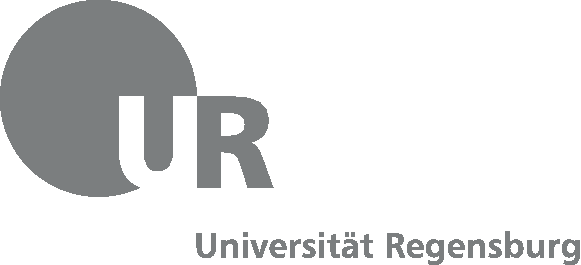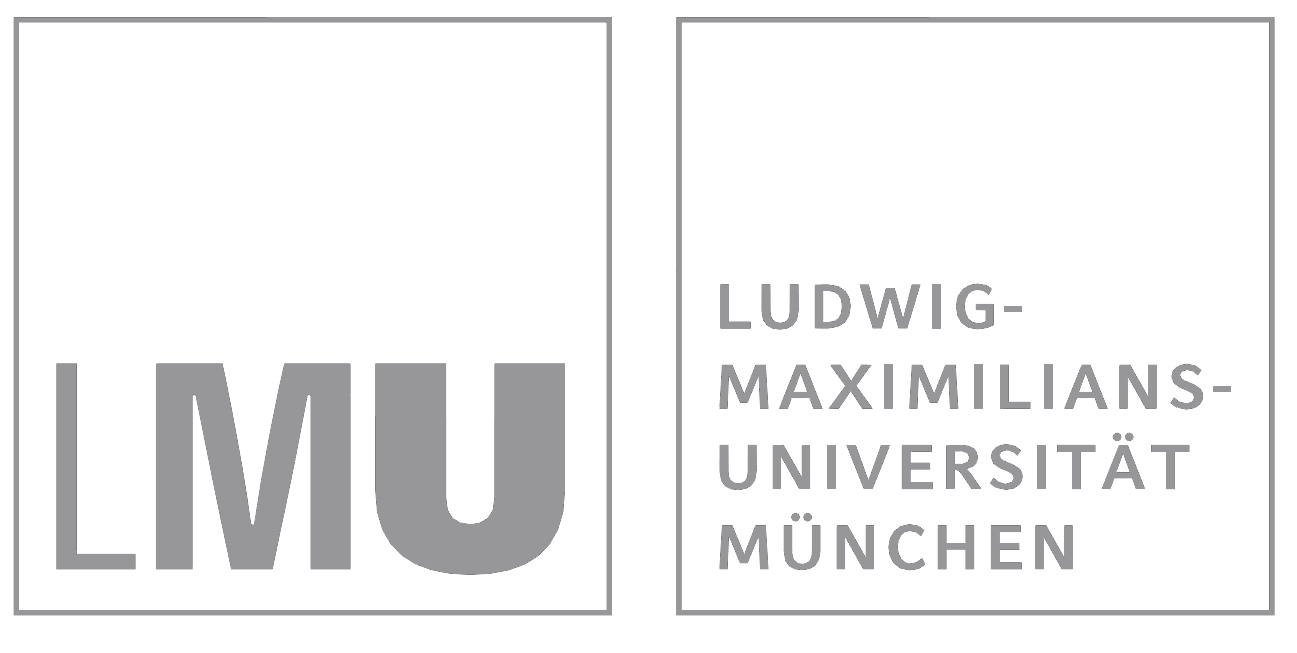What’s in a net? or: The end of the average
Veröffentlichungsdatum: 15 Jun 2011 09:13
Zitierbare Links:
URN: urn:nbn:de:bvb:355-kuge-161-5
Download:
| PDF Download (861kB) Sprache: Deutsch |
Durchschnittliche Beurteilung
Ihre Beurteilung
Kurzfassung
Hubertus Kohle and I had a very pleasant and intellectually challenging collaboration1 that dealt with interrelationships of images and their details. He provided for an amazing corpus of images and very clever insights about it, those of prints done during the French Revolution, my group added software that made it possible to precisely mark and link image details in a very intertwingled way, as Ted Nelson would have called it. This made it possible to talk about the interrelations of image details, in that case: motifs, that migrated from one image to another, even ignoring political borders, almost as if they, the motifs, led a life on their own. How to deal conceptually with a situation like the one I was in together with Hubertus? How to deal with complexity of that and of other types? What up to now has been called the context of an entity, and this is my central thesis, now should be called and treated as the network of its linkage. Nets are the central notion to which to shift, and this will yield new and deeper insights into the material we deal with. Why this request, why should we rather talk about nets than about contexts? This is, because the notion of the network provides us with a much sharper image of the structural properties of the complex situations we observe. A context is everything to help us to understand what surrounds the point of our interest. But a network not only surrounds what it constitutes, but it does so in a significant and highly differentiated way. Networks are the appropriate notion to describe complexity. Doubtlessly the notion of the net gained its recent popularity from the new medium that dominates not only the discourse but also the economics and the everyday practise of the mass media: the internet with its World Wide Web. The interest in networks may be at least traced back to Frigyes Karinthy in 1929 and to Stanley Milgram in 1967 – by the way, the very same Milgram who performed these sadistic experiments using fake electro shocks. It was a topic especially in sociology, then in computer technology and now also affects the humanities. But the internet now stimulates network research enormously. Let us look up what the pioneers of the internet thought and knew about networks!
Lizenz
Jedermann darf dieses Werk unter den Bedingungen der Creative Commons Namensnennung 3.0 DE Lizenz benutzen.




Rezensionen
Kommentare
Es liegen noch keine Kommentare vor.Möchten Sie Stellung zu diesem Artikel nehmen oder haben Sie Ergänzungen?